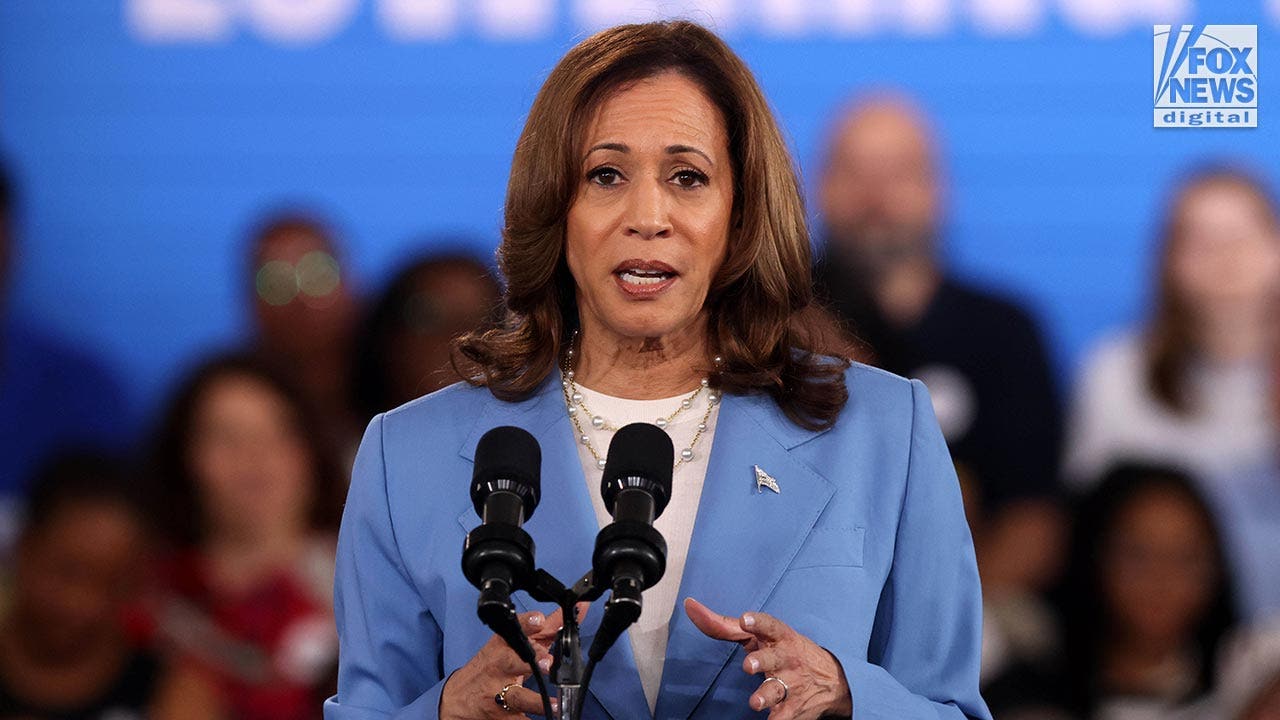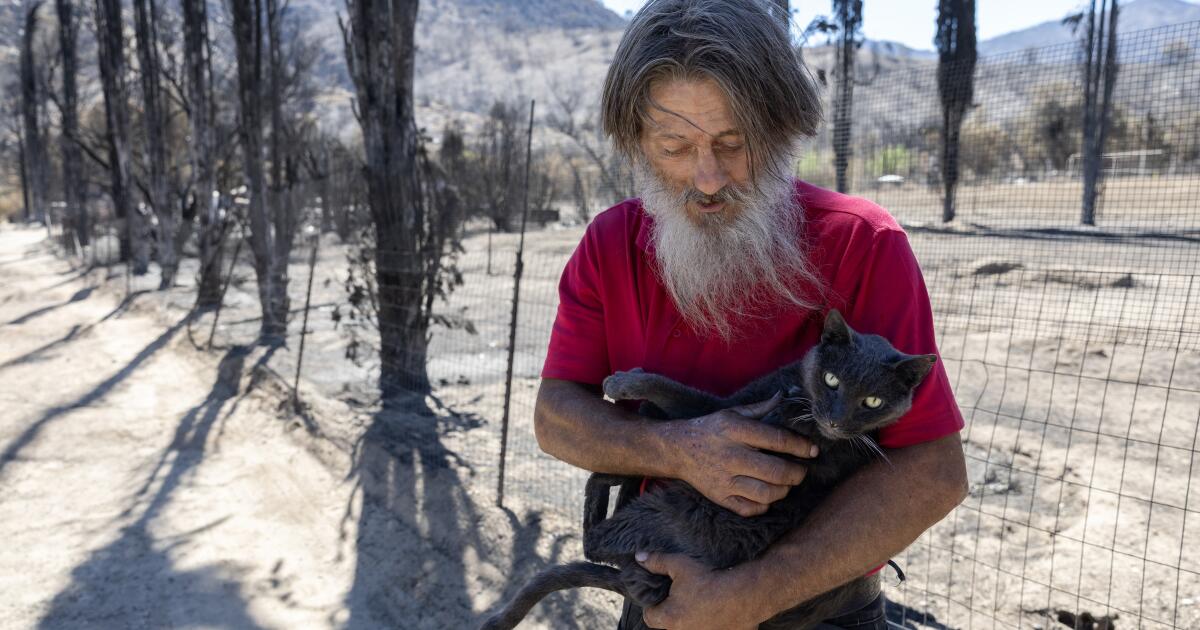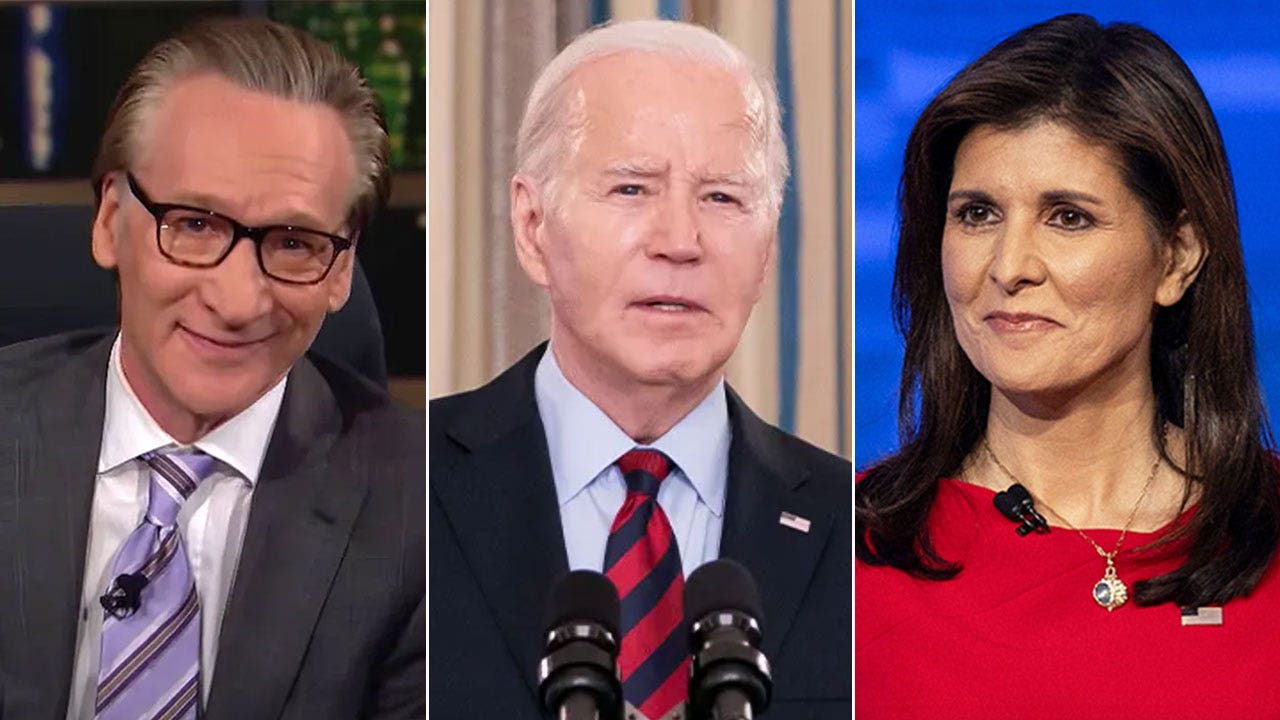As the federal government is poised to cut subsidies for Internet service, Los Angeles County has begun work on a wireless broadband network that will offer high-speed connections for as little as $25 a month.
The county announced this week that it had signed a contract with WeLink of Lehi, Utah, to build the network and offer service in East Los Angeles, Boyle Heights and South Los Angeles. Qualifying households will be offered a $40 per month discount on WeLink rates, meaning they could get the basic 500 megabits per second service for $25 per month.
The deal brings a new internet provider to neighborhoods now served primarily by Spectrum and AT&T, which also offer discounted services for low-income residents, albeit at much lower speeds. But WeLink will take months to build its network, which will rely on a series of rooftop antennas connected to the Internet via existing fiber optic lines.
The impending loss of federal subsidies is a much more immediate problem. Unless Congress renews its funding, the Affordable Connectivity Program will expire this month, ending a $30 per month benefit that has allowed 23 million low-income households to get broadband service at low or no cost .
Los Angeles County has more recipients of these subsidies than any other county in the country: 983,000 households, said Eric Sasaki, major programs manager for the county's Department of Internal Services. The county's enrollment, he said, is greater than 45 states.
The county's agreement with WeLink has similar roots to the Affordable Connectivity Program, which emerged from the emergency broadband subsidy program the federal government launched at the height of the COVID-19 pandemic.
In 2021, Sasaki said, the Los Angeles County Board of Supervisors decided to explore ways to quickly bring high-speed Internet to low-income neighborhoods where more than 20% of households were not connected. Concerned about children struggling to attend online classes, the county considered installing wireless Internet hubs in libraries, parks and even restaurant chains before deciding to carry out demonstration projects in four regions: East Los Angeles /Boyle Heights, South Los Angeles, the northern part of San Francisco. Fernando Valley and five cities in the southeast of the county.
The county has received $50 million in federal funding for the projects, but about $45 million will go to the East and South Los Angeles implementations, Sasaki said.
“We are also seeking additional funding sources to help deliver additional projects,” he said.
Demonstration projects “are kind of a test of what is possible,” Sasaki said. “The idea was that they were sustainable and long-term.”
WeLink's service area in East and South Los Angeles covers more than 275,000 homes and small businesses in a 68-square-mile area.
All or part of the following communities will be served:
East Los Angeles, Boyle Heights, Lincoln Heights, Montecito Heights, El Sereno, Adams-Normandie, University Park, Historic South Central, Exposition Park, Vermont Square, South Park, Central-Alameda, Chesterfield Square, Harvard Park, Vermont- Slauson, Florence, Florence-Firestone, Manchester Square, Vermont Knolls, Gramercy Park, Westmont, Vermont Vista, Broadway-Manchester, Green Meadows, Watts, Atenas, Willowbrook, West Rancho Dominguez and Walnut Park.
The company plans four levels of service, with equal speeds for uploads and downloads: $65 per month for 500 Mbps, $75 for 1 gigabyte per second, $85 for 2 Gbps and $99 for small business connections. Installation and a router will be included, said WeLink CEO Luke Langford.
Qualified households will receive a discount of $40 per month on residential levels. The initial plan is to use the same eligibility requirement that the federal government uses for the Affordable Connectivity Program: households earning up to 200% of the federal poverty level, which would be $30,120 for a single person or $62,400 for a family of four . If the federal program is extended, qualified households could receive WeLink service at no cost.
If the program is not extended, WeLink and the county will propose an alternative metric, Langford said, adding that his company is comfortable offering discounts under the current terms.
The contract calls for WeLink to provide discounted service to 50,000 households. Sasaki said the county would be delighted if so many homes signed up for the $25 monthly service; If there is even more demand, he said, the county will look for ways to support it.
Surveys show that low-income households are less likely to have an Internet connection at home, not because the service is not available, but mainly because it is not affordable. Other problems include not having a computer or knowing how to use it, as well as a lack of knowledge about programs that can help users overcome these obstacles.
Sasaki said the county plans to address those issues with programs to provide free laptop computers and “digital navigator” technical assistance in the communities served.
It wasn't an explicit goal of the community broadband program to create more competition between Internet providers, but that is happening with the implementation of WeLink. And if Spectrum and AT&T lower their prices in response, Sasaki and Langford said, that's another way the project will benefit the targeted communities.
WeLink uses unlicensed spectrum in the 60 gigahertz frequency band, meaning it does not need to obtain permits for radio waves or clear roads for new fiber optic lines. It will also design the network in a way that reduces the number of antennas needed to carry data.
Those measures should speed up construction of the network, Langford said. But WeLink still has to reach agreements to mount its antennas on rooftops, lights and street poles, he said, as well as to use the fiber optic lines that will connect its network to the Internet.
Langford said he expects a “relatively modest” number of customers to be served by the end of the year, with the bulk of the rollout to be operational in 2025 and beyond. People interested in the service can sign up for updates on the WeLink website.
The very high frequencies used by WeLink can transmit an enormous amount of data, but unlike the lower frequencies used by radio stations and mobile phones, they do not pass through walls well. Langford said WeLink installers will use new cables or a building's existing wiring to connect rooftop antennas to routers inside customers' homes and businesses.
Founded in 2018, WeLink has built networks serving parts of Las Vegas, Phoenix, Dallas, Washington, D.C. and Los Angeles, Langford said.












